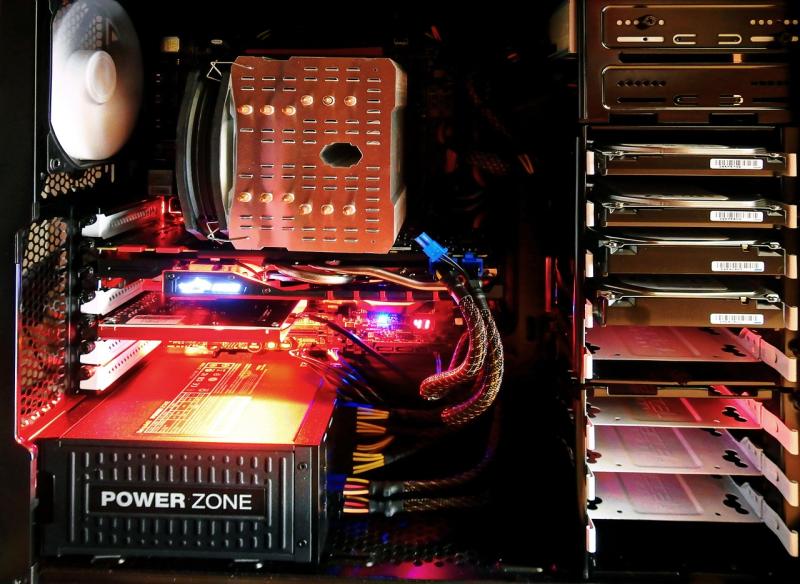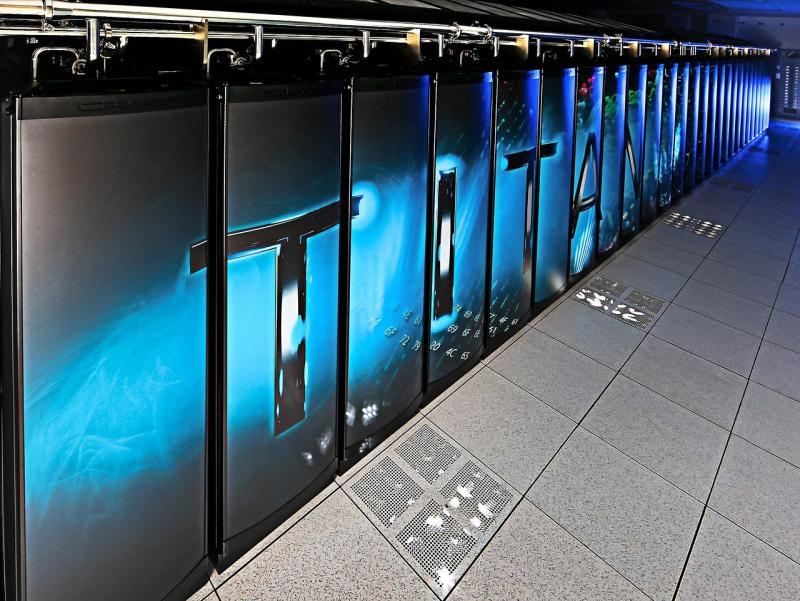**Introduction**
As digital ecosystems expand, the need to process large volumes of data in real time becomes increasingly critical—especially for high‑performance PCs. AI‑powered edge analytics shifts data processing from remote cloud servers to the local edge, enabling near‑instantaneous insights and system adjustments. This innovative approach not only optimizes performance and energy consumption but also ensures robust predictive maintenance. In this article, we examine how AI‑powered edge analytics transform PC systems into smart, self‑optimizing workhorses that adapt dynamically to user demands while reducing downtime and operational costs.
**Technological Innovations**
- **On‑Device Neural Processing:**
Embedded neural processing units (NPUs) in modern PC components allow for rapid data analysis and decision-making at the device level. These NPUs run complex algorithms to monitor system performance metrics such as CPU load, temperature, and network latency.
- **Real‑Time Data Collection and Analysis:**
Coupled with a network of integrated sensors, AI‑powered platforms continuously gather performance data. Deep learning models then analyze this data in real time to identify inefficiencies, detect anomalies, and predict potential hardware failures.
- **Dynamic Resource Allocation:**
Machine learning algorithms dynamically adjust system parameters, such as power distribution and memory allocation, based on predicted workload trends, ensuring smooth operation and minimizing bottlenecks.
- **Cloud–Edge Integration:**
Low‑latency connectivity enables seamless communication between local edge devices and cloud servers, allowing broader historical data analysis and further optimization of performance and maintenance protocols.
**Applications and Benefits**
- **Optimized Performance:**
Real‑time adjustments improve system responsiveness, making PCs smoother and faster for gaming, content creation, and enterprise applications.
- **Predictive Maintenance:**
Automated anomaly detection alerts users and IT administrators to potential issues before they escalate, reducing costly downtime and extending hardware lifespan.
- **Energy and Cost Savings:**
Adaptive resource management reduces power consumption by ensuring that hardware operates within optimal efficiency margins, leading to lower energy bills and longer battery life in mobile devices.
- **Enhanced User Experience:**
Continuous system optimization and proactive maintenance result in smoother operation, reducing frustration and improving overall productivity.
**Future Directions**
Emerging trends will likely include deeper integration with IoT networks and predictive AI that continuously learns from global datasets to refine local decision-making. Future platforms may incorporate blockchain‑based data security to preserve the integrity and confidentiality of performance data. As 5G/6G networks become ubiquitous, latency will drop even further, making edge analytics an indispensable feature of next‑generation PC systems.
**Targeted Keywords:**
edge analytics, AI‑powered optimization, predictive maintenance, real‑time system tuning, local data processing, next‑gen PC performance, energy‑efficient computing, smart PC analytics, AI‑driven maintenance
View our related products
See more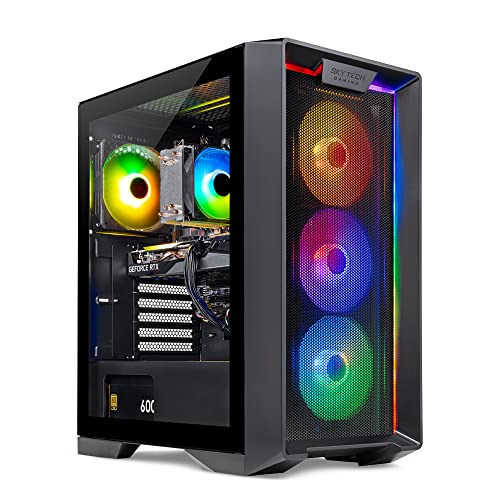
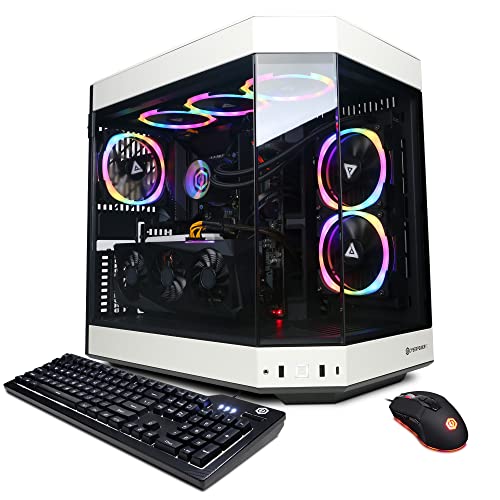
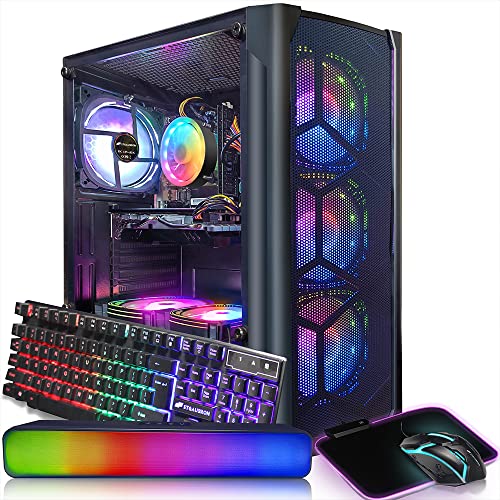
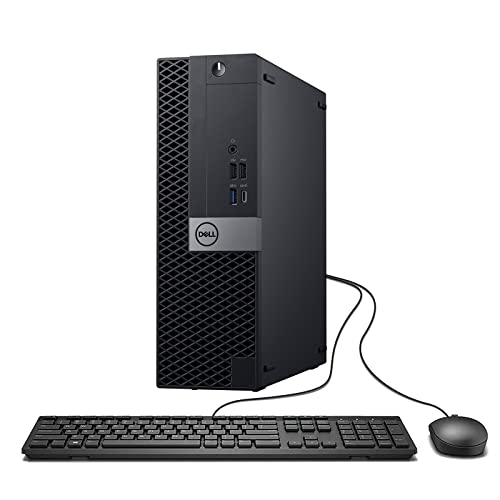
AI‑Powered Edge Analytics for PC Systems
Real‑Time Optimization and Predictive Maintenance
Related Articles
Essential High-Performance PC Components You Need Now
Upgrade your setup with the must-have parts for unbeatable gaming and productivity
Top Picks for Best High-Performance PCs
Find the perfect power machine for gaming, work, or creative projects
Your Guide to the Best High-Performance PCs
Find the Right PC for Your Gaming and Creative Needs
View our related products
See more




